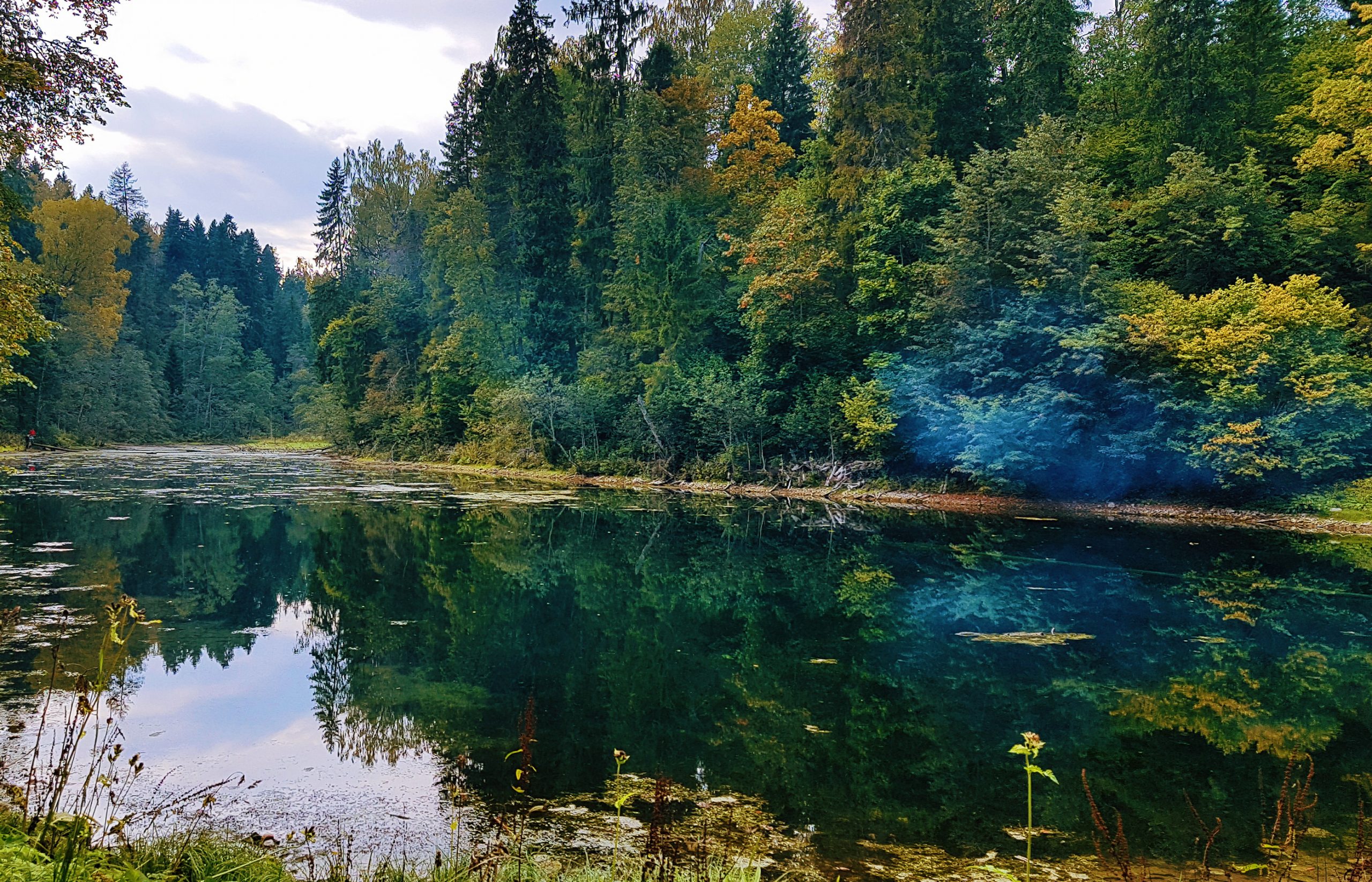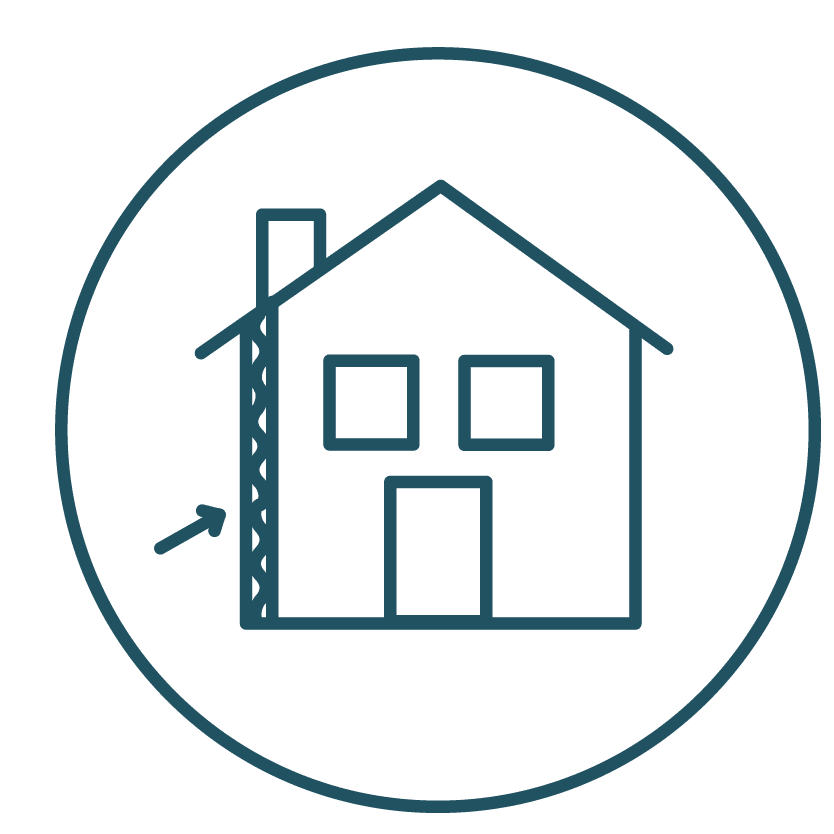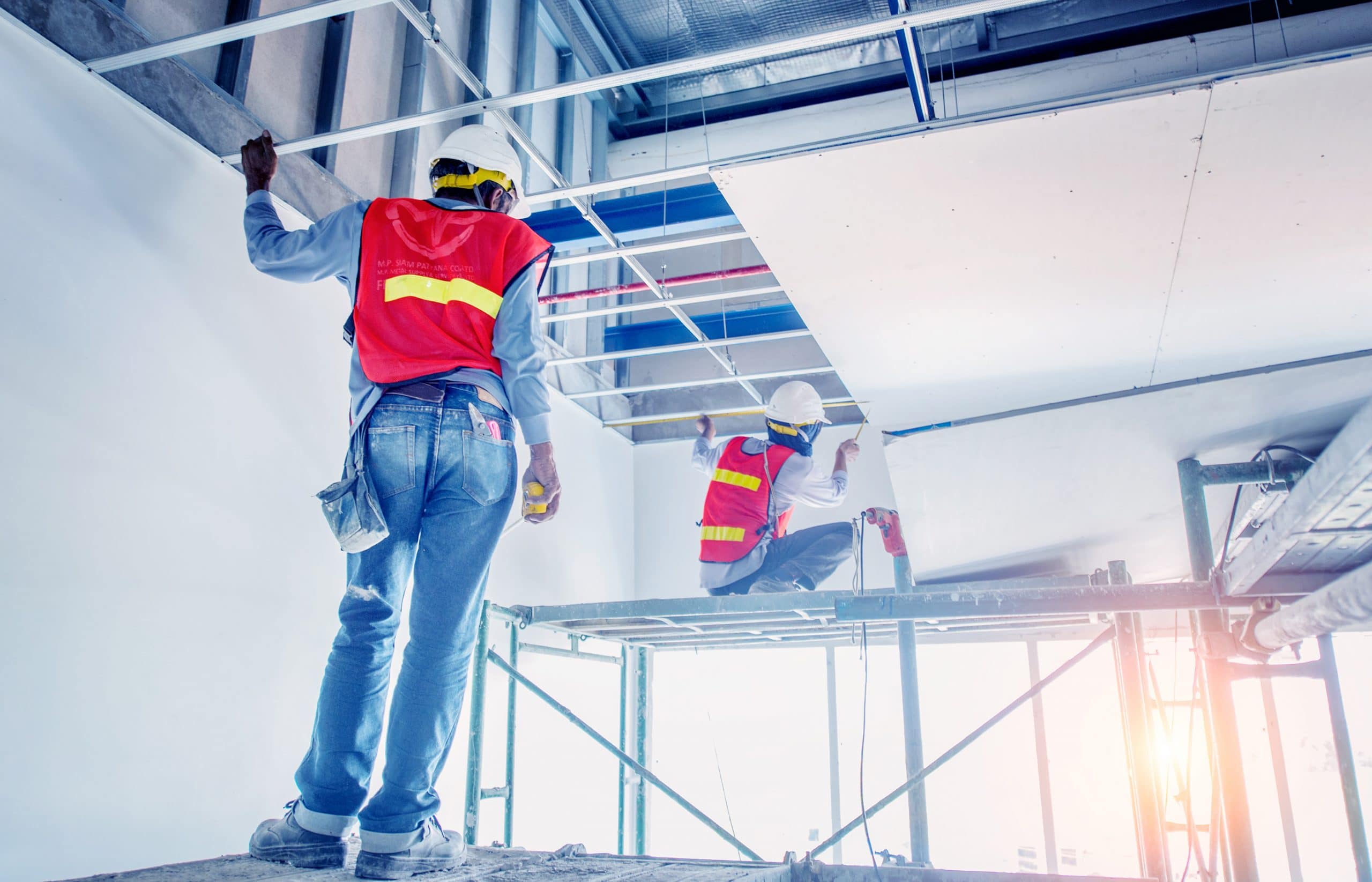Radon Exposure and Lung Cancer Risk
Learn about radon, a gas known to cause lung cancer and other illnesses after prolonged exposure.

What Is Radon?
A radioactive gas that seeps up from the ground and into the air and environment around it. Researchers attribute approximately 20,000 lung cancer deaths each year to radon poisoning. The gas is toxic to human health in concentrated amounts when people are exposed long enough.
It forms from the decomposition (breaking down) of radioactive materials that naturally occur in underground rock and soil deposits and groundwater. Radioactive elements broken down are one or a combination of radium, uranium, and thorium.
When the gas leaks from the earth and into the air, it’s usually too dissipated to cause health problems. It’s when the colorless, odorless, gas enters and gathers in building structures through cracks in the foundation that it becomes toxic to those exposed for lengthy periods.
Where Is Radon Found?
Since the gas comes from the ground and floats into the atmosphere, it can be found almost anywhere. The gas is the most toxic when found in:

Building Structures
Harmful levels of exposure mostly come from being inside an enclosed structure or small space. Especially in poorly ventilated basements, crawlspaces, or other cramped areas near the ground. These spaces can be found in work, commercial, and residential sites. Workers who handle phosphate fertilizers or work in uranium processing factories are likely to encounter elevated levels of radium that can lead to health problems.

The Environment
Caves and mines are also places that can have toxic radon levels. Miners are one of the highest occupations at risk for lung cancer or illness from radon (or the mineral asbestos) exposure. The radioactive gas can make its way into underground water sources too. If it’s released from the water passage into the air it can be inhaled. Underground wells embedded in rock will have the highest levels of the gas, but higher surface level bodies of water like rivers or lakes are usually safe.
Exposure Risks and Illness
Radon poisoning is one of the leading causes of lung cancer in the United States. When the poisonous elements are broken down, they form radon progeny. These particles are small enough that when ingested, can get lodged in the lining of the lungs. Here the particles will leak radiation into the surrounding area, damaging cells and leading to lung diseases or pleural mesothelioma (tumors in the lining of the lungs).

Regulations Against Radon
Governmental agencies like the World Health Organization (WHO) have put systems and regulations in place to protect workers, customers, and residents from negligent exposure to toxic chemicals. The WHO designated the Environmental Protection Agency (EPA) to further develop, and enforce policies and delegate regulation.
NESHAP
The National Emission Standards for Hazardous Air Pollutants (NESHAP) is a set of regulations mandated by the EPA to manage the handling and proper removal of hazardous air pollutants (HAPs). The NESHAP requires proper notification of all pollutants in and around the structure before any type of construction or demolition projects take place that may cause the toxins to be airborne or otherwise released into the environment. It also provides direction for accepted practices for the removal of said toxins. There are legal repercussions if these mandates are broken that can lead to jail time, heavy fines, and more.

Contamination Testing and Abatement
If a building owner or manager is going to have employees or residents in a new structure, it’s imperative to get the area inspected. If radon, asbestos, or other hazardous air pollutant is discovered, regulations require that the one in charge facilitate the proper abatement (removal) of the substance. Laws usually require a licensed company to inspect and remove poisonous materials from worksites. Some notable organizations provide helpful abatement resources and direct to certified companies that are well-known and trusted within the community. These include:
Both of these organizations have been in business for over 20 years and are recognized by both federal agencies and state programs.
Talk to an Attorney
The NESHAP and most individual state laws hold the building owners and managers responsible for efficient removal of hazardous air pollutants, or legal consequences can be incurred.
If you or a loved one were exposed to harmful substances or carcinogens (cancer-causing materials) while at work and are diagnosed with lung cancer or other illness, you have rights. Talk to a lawyer about what legal options you may have because there’s a statute of limitations (time limit) on how long you have to take legal action and file a claim for your injuries.


